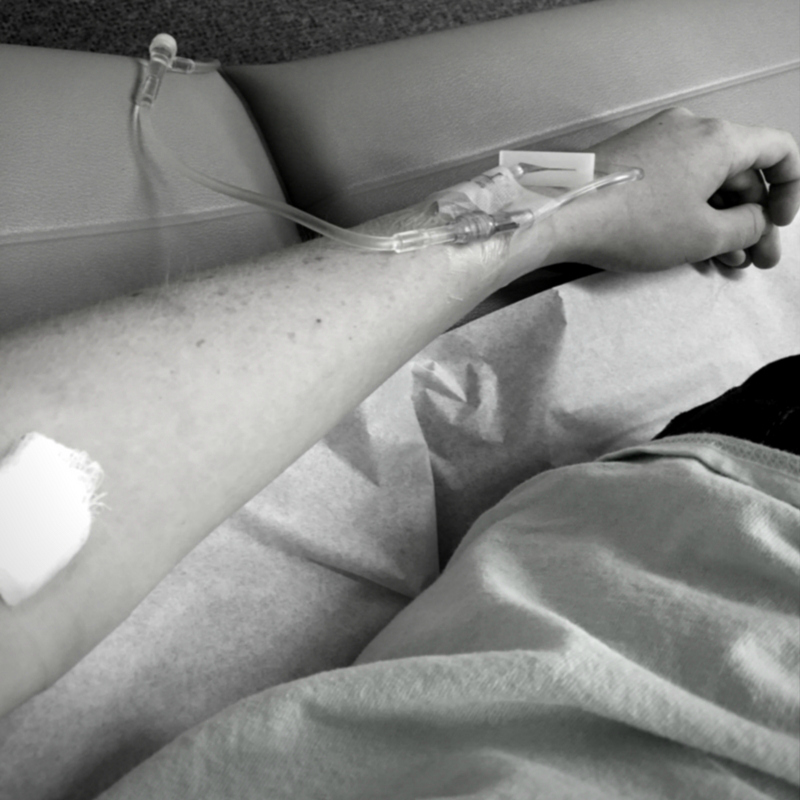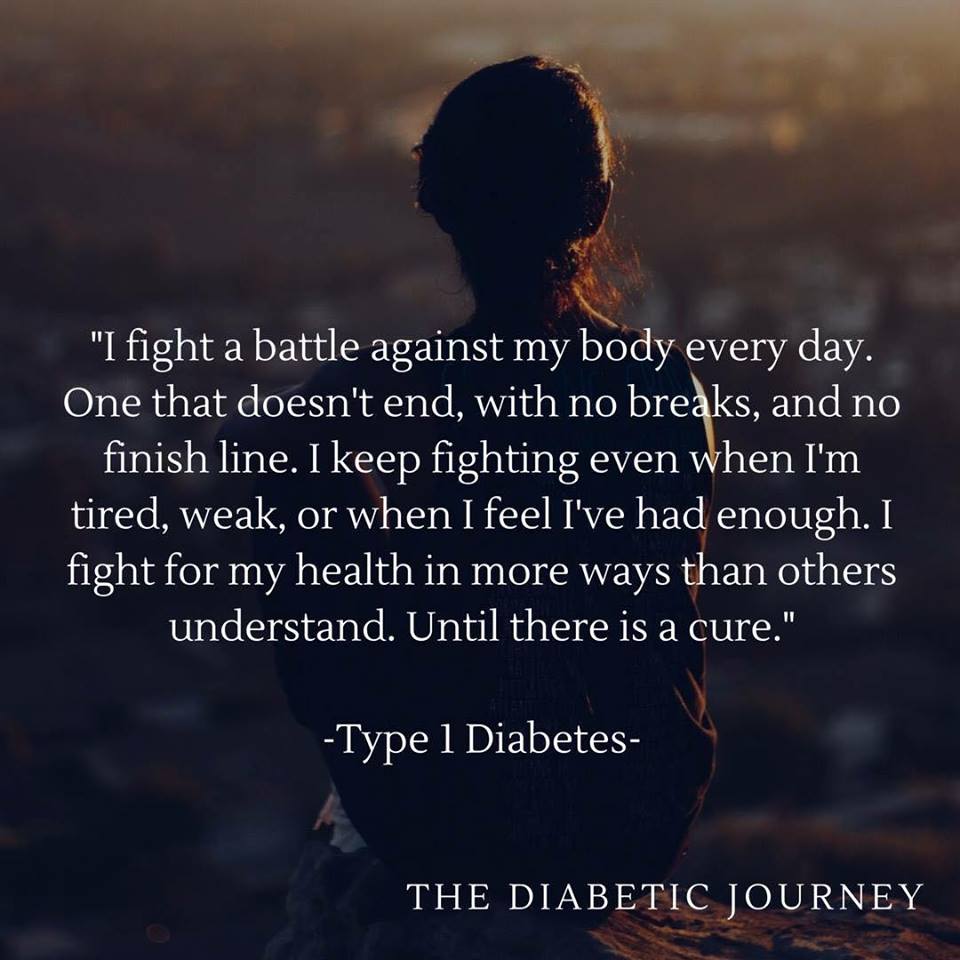It never occurred to me that one day I would wake up sick and never get better.
But here I am.
I have a chronic illness known as type 1 diabetes, that significantly impairs normal activities of daily living. An invisible illness that shows no outward signs, and to the rest of the world – I don’t look sick.
My invisible illness can easily be hidden, as I look healthy like everyone else. A smile can easily disguise any pain or distress that I’ve experienced that day. My clothing can hide the medical devices I need to stay alive.
I never let my invisible illness stand in my way. I’ve adapted and I know how to care for myself. I manage the best I can. Most of the time I just feel like I’m on autopilot as if I’m in “control”. Nobody can tell what I deal with behind closed doors.
It’s when days boil over, I look pale and disorientated, and reaching for sugar nearby. That’s when someone asks “are you alright”? That’s when I say “yes, I’m okay - I’m fixing my blood sugar, it’s low“.
“I hope you get better soon” –
I hear the sound of deep concern and empathy in their voice – I do. I’m sure I would say the exact same thing if I were them. However, as days here and there are better than others. I don’t get better.

“Have you tried [insert herbal remedy or diet]?” –
As much as I appreciate others desire to help, there is unfortunately NO magic potion. In fact, I have had to adjust and make huge lifestyle changes. But no amount of healthy eating, exercise, or herbal remedy will ever eliminate the need for insulin - or cure my diabetes.
“Isn’t it caused by [insert myth]?” –
No, it’s not caused by something that I did. It’s not caused by sugar, lack of exercise, or from being overweight. It’s upsetting feeling blamed for having an illness that I couldn’t have prevented. Diabetes, and so many other invisible illnesses are placed into a isolated bubble of “what we could have done differently” to avoid this. When it could literally happen to anyone.
“My aunt has that and she’s doing just fine” –
I’m happy for anyone who is doing well managing. But reality is – every chronic illness is different for everyone. With type 1 diabetes especially, it often gets confused with type 2 diabetes and its treatment. It’s confusing and irrelevant to talk about how one person with an illness is doing compared to another. With any invisible illness, we all have different body chemistry and hormones. And with diabetes – different sensitivities to insulin.

“Well you’re lucky, it could be a lot worse” –
This is when the guilt kicks in. Yes I’m lucky I’m alive, but everyday is still a life threatening battle. Where no two days are the same. But no matter the good or bad days that I have, I just have to keep going. Have faith, and hope for a cure in the future. Until then, just make everyday count and live beyond this illness.
I’m trying –
It may take more for me to complete the same tasks others do, but I do it anyways. I may not have it all together, but I never give up. Some days I don’t know how I’m going to get through, but I always persevere. I have an invisible illness, and even though my symptoms may not be visible, it’s still there.


Type1 diabetics make up a very small percentage of the total number of diabetics, so it is important to do the best you can for as long as you can. There will not ever be a type1 cure so you just will deal with it the best you can every day for the rest of your life.
Empathy much??
http://main.diabetes.org/dorg/images/lps/population-with-diabetes.jpgOverall Numbers, Diabetes and Prediabetes
Prevalence: In 2012, 29.1 million Americans, or 9.3% of the population, had diabetes.
Approximately 1.25 million American children and adults have type 1 diabetes.
Undiagnosed: Of the 29.1 million, 21.0 million were diagnosed, and 8.1 million were undiagnosed.
Prevalence in Seniors: The percentage of Americans age 65 and older remains high, at 25.9%, or 11.2 million seniors (diagnosed and undiagnosed).
New Cases: 1.4 million Americans are diagnosed with diabetes every year.
Prediabetes: In 2012, 86 million Americans age 20 and older had prediabetes; this is up from 79 million in 2010.
Deaths: Diabetes remains the 7th leading cause of death in the United States in 2010, with 69,071 death certificates listing it as the underlying cause of death, and a total of 234,051 death certificates listing diabetes as an underlying or contributing cause of death.
Diabetes in Youth
About 208,000 Americans under age 20 are estimated to have diagnosed diabetes, approximately 0.25% of that population.
In 2008—2009, the annual incidence of diagnosed diabetes in youth was estimated at 18,436 with type 1 diabetes, 5,089 with type 2 diabetes.